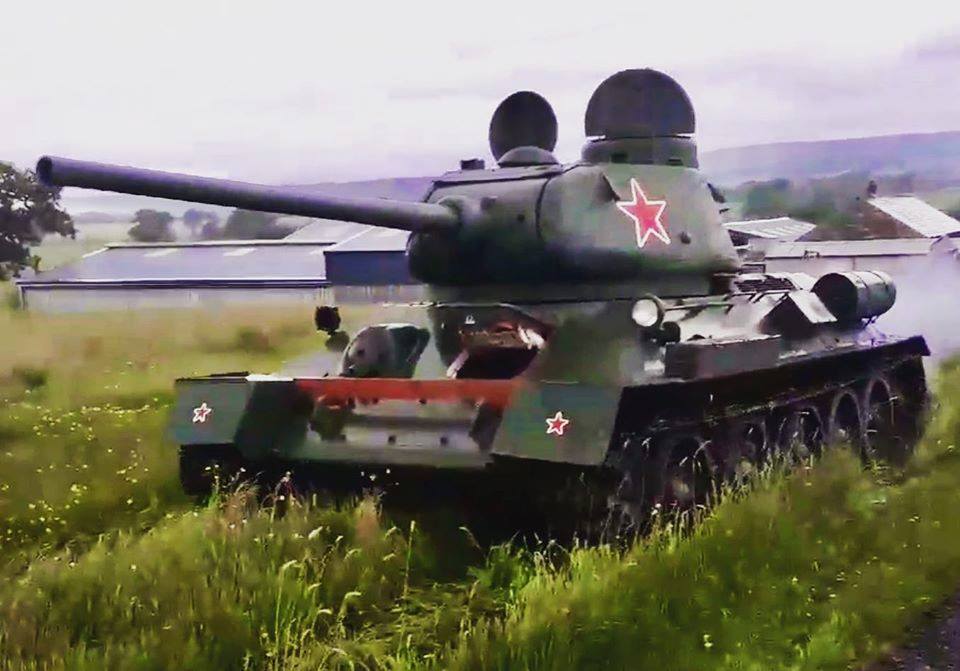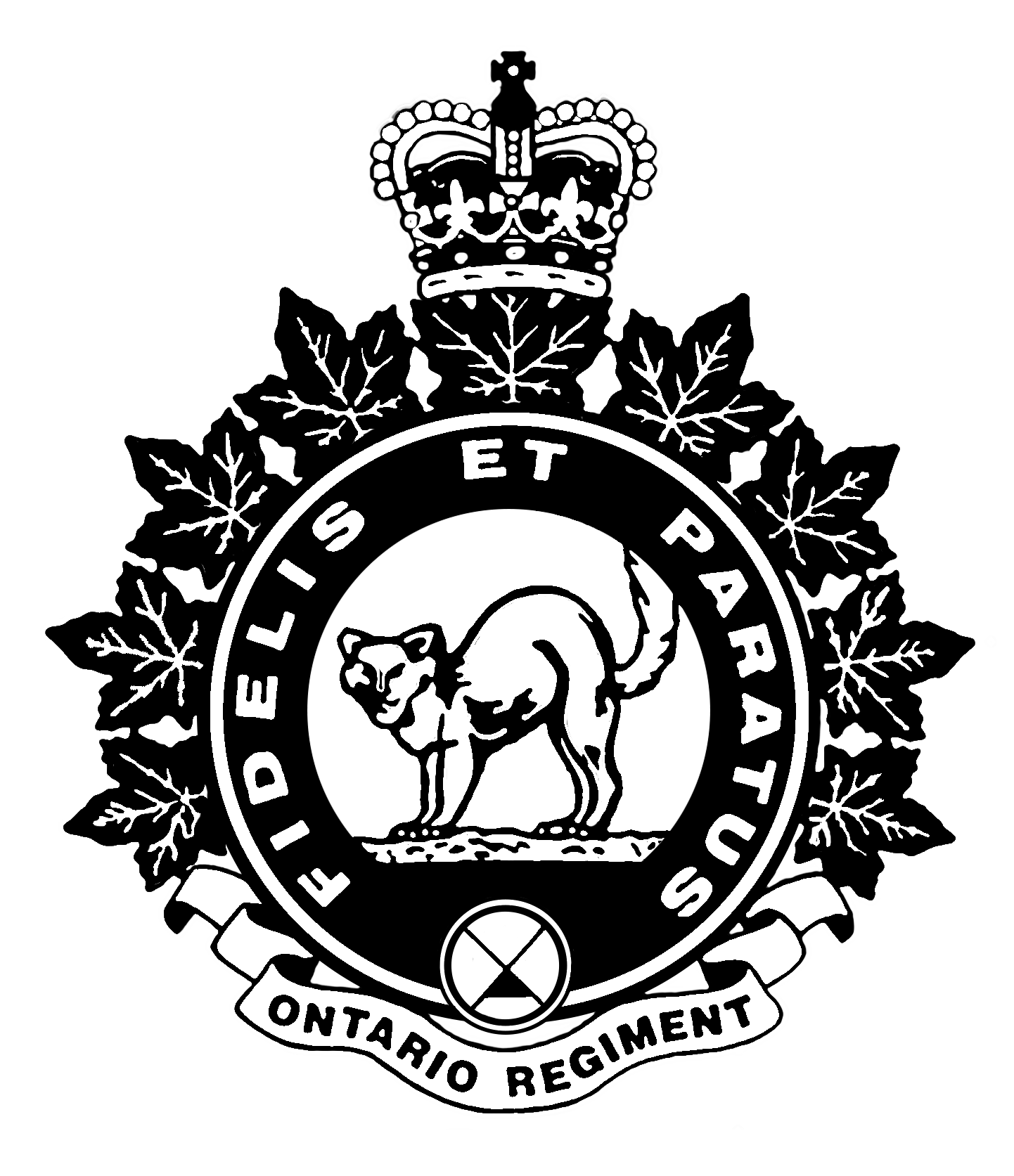During the first world war, there was no tank development by the Soviet Union. During the interwar period, the Soviet Union manufactured two primary light tanks: T-26 (Based on a UK Vickers 6-Ton) and the BT series (Based on a US Christe design). These were produced in very large numbers with more than 8,000 BT tanks and more than 10,300 T-26 produced, right up until the beginning of World War 2. Doctrine for the use of these tanks was primarily “swarm” tactics, which remained the standard Soviet doctrine even into the cold war ear. Lessons learned in using these tanks in Spain, Manchuria, and China led to the decision to build a heavier Medium Tank; the T-34.
The T-34 had a cast turret on a welded body. It was simple to operate and lacked ergonomics. It was powered by a V12 Diesel engine that could attain a maximum speed of 48kmh with a range of about 250km.
Early T-34s suffered from poor manufacturing and quality controls. Notable issues were in defective armour plates, poor welding, unreliable transmissions, and a lack of radios. Much of theses defects were overcome (mostly) in the 1940 version of the T-34. The benefits of the T-34 were well sloped armour, a powerful engine, and wide tracks. Crew ergonomics were not considered an important part of the tank’s design. The other benefit of the T-34 was the large numbers that were built. By 1940, all other light and medium tanks were no longer being produced. Even so, approximately half of all tank casualties were due to mechanical not enemy action. There was a shortage of repair parts to the point that often T-34s would go into battle with a spare transmission tied to the back-engine deck.
The Soviet’s lost 22,500 tanks in 1941 with about 2,300 of those being T-34s. That worked out to 7-8 Soviet tanks for every German tank lost. Of course, this was not all due to mechanical issues. The lack of Radios led to control problems; prewar purges of the officer corps lost valuable experience, and there was little or no crew training.

One of the great achievements of the war was the Soviet effort in moving all their tank factories (Stalingrad being the notable exception) to the foothills of the Urals to keep them out of German hands. While doing this, the tank design bureau would only look at modifications that would cut costs, simplify or speed up production. Between 1940 and 1943, the cost of the T-34 was almost cut in half.
In early 1944, the T34/85 began production in response to the newer and heavier German Tanks (Panther, Tiger). The Tiger was immune to the T-34’s 76mm gun from the direct front and from the side only at very close range. The two major changes were that the gun was increased from a 76 to an 85mm gun and that the turret was enlarged to support the larger gun and to add a fifth crew member (which allowed the commander to concentrate on the tactical situation and not service the gun). This allowed a penetration of side armour at 800m but still no frontal penetration. (The Tiger could still engage and destroy the T-34/85 at ranges up to 2000 m.) They also included a higher ratio of radio equipped tanks. Other changes included a reduction in ammunition capacity (down from 100 to 60) and a much higher and more armoured turret.
The T-34/85 quickly became the standard Soviet Medium tank with more than 22,500 in total and over 1,200 per month.
After the war, the T-34/85 remained the primary tank used by the Soviet Union until the introduction of the T-54/55. The T-34/85 was also dispensed to many Soviet Client states as material aid during the Cold War.
The T-34/85 served in many conflicts other than WW2. These include Manchuria, Korea, Angola, Balkans, many wars in the Middle East, and numerous small conflicts/bush wars.
The Iconic status of the T-34 to the Russian People was demonstrated in 2019 when 30 T-34/85s were “given” back to Russian by Laos that was still using them in their army. Russia plans on using them for parades, monuments, and in films. (Whether or not, Russia paid for them has not be determined but train loads of T-72s have been seen going to Laos).

Matt Liness
OntR Museum Web Master


